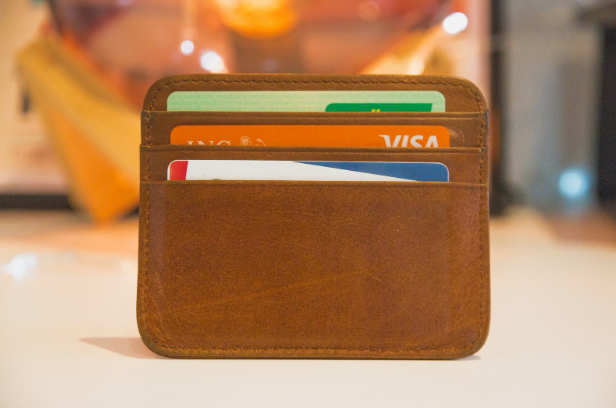Canadians use credit cards for nearly everything—from groceries and gas to emergency dental work. They’re convenient, accepted almost everywhere, and come with reward programs that make them feel like the smarter option. But when the expense is larger than usual, like $5,000 for a plumbing overhaul, $8,000 in back-to-school costs, or $15,000 of lingering debt, those credit card perks shrink fast under the weight of interest rates that often hover between 19% and 29.99%.
In many of these situations, a personal loan can mean thousands of dollars saved, a clearer payoff plan, and far less financial anxiety. That’s especially true when working with a lender that understands the nuances of responsible borrowing. Innovation Credit Union, for instance, offers tailored loan solutions built around realistic budgets, not vague promises.
High Interest Is Only Half the Problem
It’s tempting to think the issue with credit cards starts and ends with high interest rates. The real problem is how easy it is to ignore the cost. Minimum payments are calculated to make the balance look manageable; for example, $150 on a $10,000 balance. But you’d be repaying that debt for over 25 years if you only pay the minimum, and you’d shell out more than $16,000 in interest alone.
A personal loan at a fixed 10% interest over five years would cost around $2,700 in interest instead. And you’d actually be debt-free at the end of the term. It’s the difference between taking control of your finances or slowly drowning in revolving credit.
Where Personal Loans Actually Win
Not every situation calls for a personal loan. You don’t need one for a $500 vet bill or a temporary cash flow hiccup. But certain scenarios clearly favour a personal loan over a credit card.
1. You Have a Large, Fixed Expense
Home repairs. Tuition fees. Funeral costs. These are not ongoing costs; they’re one-time expenses with a clear price tag. That makes them ideal for a lump-sum personal loan. You know what you owe, and you know how long you’ll take to pay it off.
Credit cards, by contrast, have no structure. You could pay them off quickly, but human behaviour says most don’t. The open-ended nature of credit makes it too easy to let balances linger.
2. You’re Stuck in Revolving Debt
According to Equifax Canada, consumer debt hit a record $2.4 trillion in late 2023. Credit card debt alone rose 15.3% year-over-year. It’s not that Canadians are reckless; it’s that these balances are hard to shake once they build up. A personal loan can consolidate that debt into a single payment at a lower rate.
The key word here is discipline. Debt consolidation only works if you stop using the cards after you pay them off.
3. You Need Predictability
You borrow $12,000, you get a five-year term, and your monthly payment is the same every time. No “minimum due.” No floating balance. Just a clear repayment schedule that doesn’t move.
That’s a major win for people with set incomes, like contract workers, retirees, or single-income households. Credit cards don’t offer that. They leave the onus on you to stay on track. And most people don’t, because life doesn’t run on perfect calendars.
The Credit Score Factor
There’s a myth that credit cards are “better” for your credit score. They’re not — at least not inherently. What matters most to your score is how you use your credit. Utilization plays a huge role. If you’re regularly using more than 30% of your available credit, you’re hurting your score even if you pay on time.
A personal loan doesn’t factor into that ratio. It adds a new credit type to your profile, which can actually boost your score over time, assuming timely payments. Better still, if you use the loan to eliminate credit card debt, your utilization drops — often dramatically.

Risks and Trade-Offs
Let’s not romanticize personal loans. They’re not magic wands, and they’re not a fit for everyone.
- Approval isn’t guaranteed: A weak credit history or inconsistent income can limit your access or raise your interest rate.
- The monthly payment is non-negotiable: Miss it, and you risk fees or damage to your credit score.
- Some lenders charge origination fees or penalties: Always read the fine print. If a loan costs you 3% to process, that eats into your potential savings compared to sticking with a 0% balance transfer credit card (assuming you qualify).
Still, for most borrowers looking at $5,000 or more in unavoidable costs, the structure and transparency of a personal loan outweigh these drawbacks, especially if they’ve already experienced the trap of minimum credit card payments.
Credit cards serve a purpose. They’re great for everyday spending and short-term borrowing if you pay your balance in full each month. But when the price tag climbs into the thousands and you need more than a few weeks to pay it off, they become inefficient and expensive.





